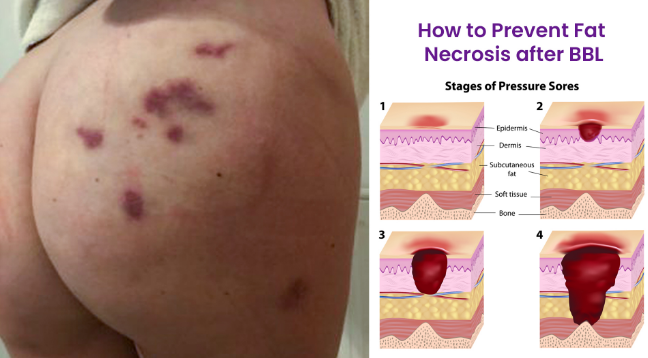Fat necrosis homeopathic treatment
Fat necrosis – fat necrosis of the breast occurs most commonly in obese and postmenopausal women and comprises 3% of all benign lesions. The etiology is thought to be most commonly trauma- induced but is also related to radiography, surgery, infections, warfarin therapy, together with idiopathic causes. Within the tissue there is saponification, cell death, inflammation and then fibrosis occurs as recovery takes place.
Fat necrosis is a condition where fat tissue dies and turns into a hard lump. It can appear in any part of the body where there is fatty tissue, including the breasts, abdomen and thighs. Although fat necrosis is not cancerous, it can cause pain, discomfort, and cosmetic problems. Homeopathy offers a natural and safe approach to the treatment of fat necrosis, without the need for surgery or drugs. In this article, we will explore some of the common causes and symptoms of fat necrosis and how homeopathy can help relieve the symptoms.
Fat necrosis causes and symptoms
Fat necrosis can occur for a variety of reasons, including trauma to the affected area, surgery, radiation therapy, and breast implants. Symptoms of fat necrosis may include:
• A firm, round lump that may be painful or tender to the touch
• Discoloration of the skin above the lump
• The bulk can be immobile or fixed in place
• The lump may feel as if it is attached to the skin or muscle
Although fat necrosis is not cancerous, it can be mistaken for a lump in the breast and may require a biopsy to confirm the diagnosis.
Homeopathic remedies for fat necrosis
Homeopathy can help alleviate the symptoms of fat necrosis by addressing the underlying causes of the condition. Some of the commonly used homeopathic remedies for fat necrosis include:
1. Calcarea Fluorica is a useful remedy for fat necrosis caused by trauma or injury. It helps reduce inflammation and promotes healing of the affected area.
2. Silicea is a remedy that is useful in the treatment of hard lumps, including those caused by fat necrosis. It helps dissolve the lump and promotes healing of the surrounding tissue.
3. Phytolacca is a drug often used to treat lumps, including those caused by fat necrosis. It helps reduce inflammation and promotes healing of the affected area.
4. Arnica is a medicine that is useful in treating pain and bruising caused by trauma or injury. It helps reduce inflammation and promotes healing of the affected area.
Homeopathic remedies are selected based on an individual’s unique symptoms and the underlying causes of their condition. A qualified homeopath can help determine the best remedies for an individual’s particular case.
Conclusion
Fat necrosis can be a painful and uncomfortable condition, but homeopathy offers a safe and natural approach to treating symptoms. By addressing the underlying causes of fat necrosis and promoting healing of the affected area, homeopathy can help relieve pain and discomfort without the need for surgery or medication. As with any medical condition, it is important to work with a qualified physician to determine the best course of treatment for your individual case.

